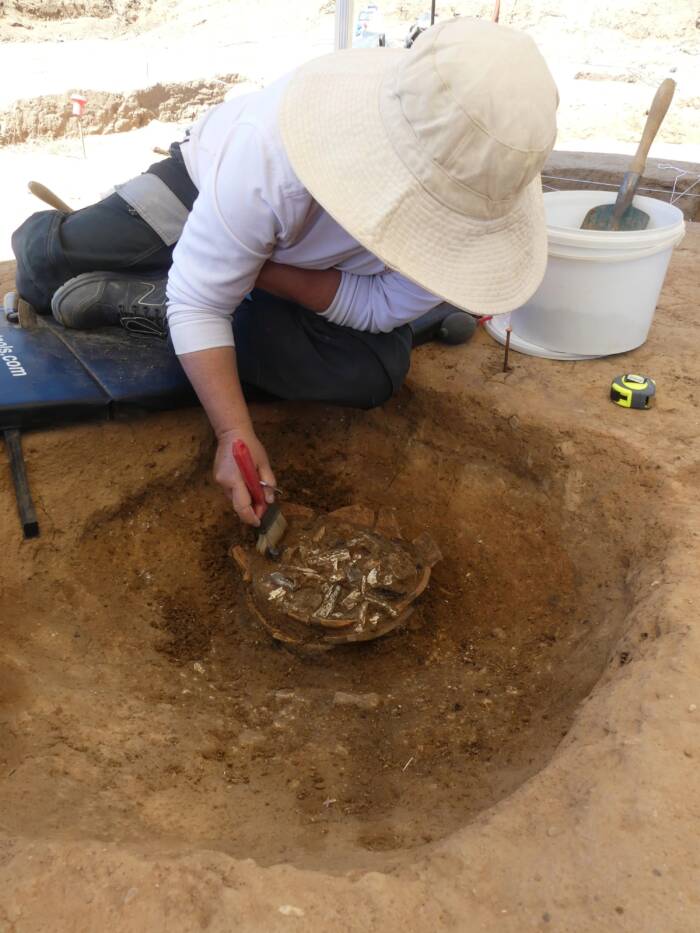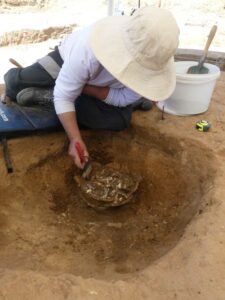Ancient Sweetness Preserved: 2,500-Year-Old Honey Discovered Still Edible in Greek Jars Unearthed in Italy
After reading about the identification of ancient honey in Greek jars, look through these photos of Pompeii frescoes and learn the fascinating history behind them. Then, discover the surprisingly raunchy story of Pompeii’s graffiti.


















